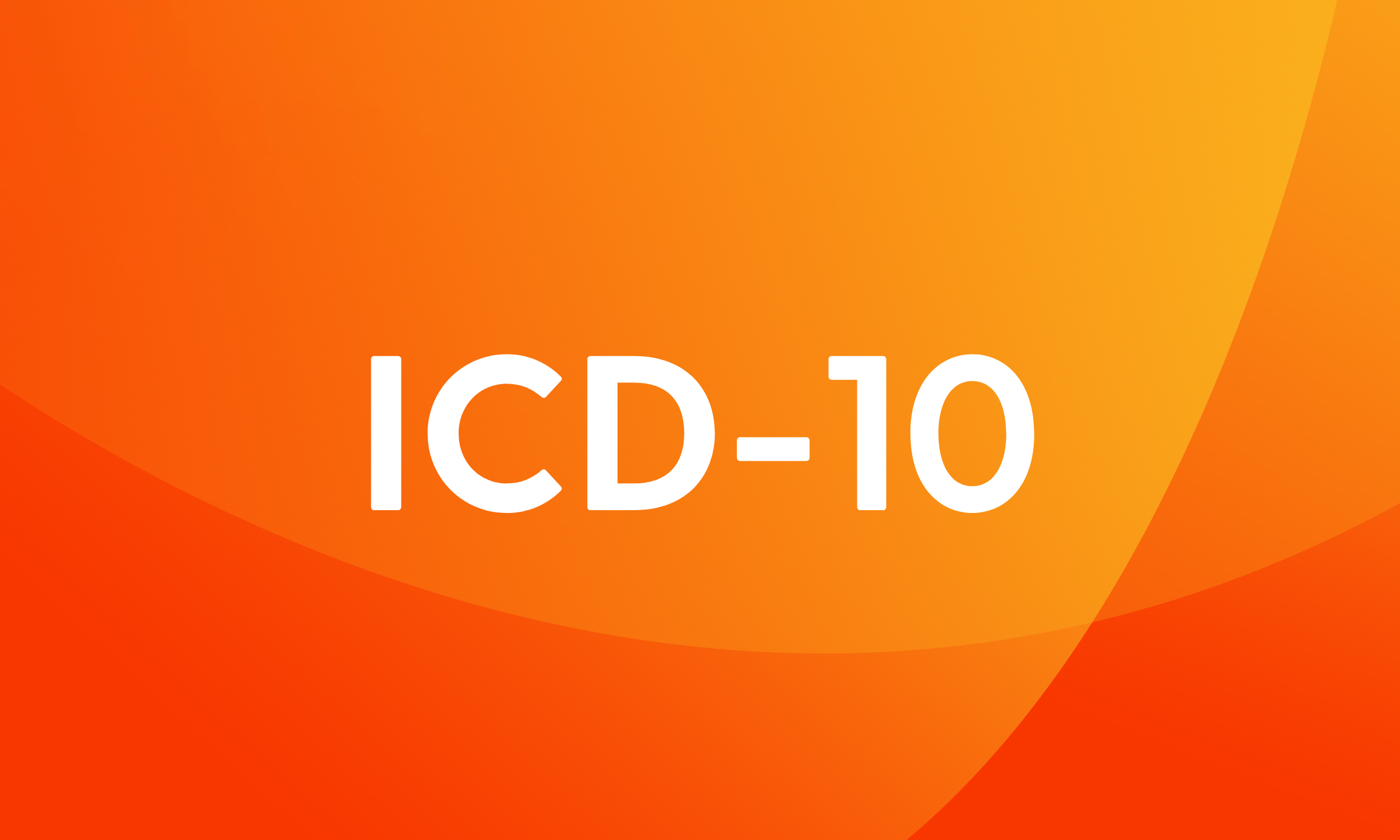

- Medical Billing & Coding
ICD-10-CM Code Updates: New Medical Codes
If you aren’t already ‘in the know’ about several new ICD-10-CM diagnosis codes that took effect October 1, 2023, it’s time to brush up on medical coding changes that are part of the regular biannual coding updates. Why?
It all goes back to revenue integrity. Payers may deny healthcare claims with invalid or nonspecific ICD-10-CM diagnosis codes. That’s why it’s important to review the fiscal year (FY) 2024 ICD-10-CM code updates that includes 395 code additions, 25 code deletions, and 13 code revisions.
In this article, we’ll highlight a few of the new medical codes and remind revenue cycle management (RCM) to review all the changes to see which ones may be most relevant to your medical practice and specialty.
Resistant hypertension🔗
There’s a new ICD-10-CM diagnosis code for resistant hypertension: I1A.0. Report this medical code when a patient’s hypertension does not respond well to aggressive medical treatment. Note that 20% of patients with hypertension are resistant, meaning this is probably an important medical code for everyone in your medical practice to understand.
Metabolic disorders and insulin resistance🔗
ICD-10-CM diagnosis code E88.81 (metabolic syndrome) has been deleted. Now, there are four new codes that better define metabolic disorders. These include:
- E88.810 - Metabolic syndrome, dysmetabolic syndrome X
- E88.811 - Insulin resistance syndrome, Type A
- E88.818 - Other insulin resistance, Insulin resistance, Type B
- E88.819 - Insulin resistance, unspecified
Chronic migraines🔗
There’s a new ICD-10-CM diagnosis code for chronic migraine with aura: G43.E that you can further specify as ‘intractable vs. not intractable’ and ‘with or without status migrainosus.’
Parkinson’s disease🔗
ICD-10-CM code G20 (Parkinson’s disease) has been deleted. Now, there are several new, more specific ICD-10-CM diagnosis codes for Parkinson’s disease, including:
- G20.A1 - Parkinson's disease without dyskinesia, without mention of fluctuations
- G20.A2 - Parkinson's disease without dyskinesia, with fluctuations
- G20.B1 - Parkinson's disease with dyskinesia, without mention of fluctuations
- G20.B2 - Parkinson's disease with dyskinesia, with fluctuations
There’s also a new ICD-10-CM diagnosis code for unspecified Parkinsonism (G20.C), which is general healthcare term that refers to a group of neurological disorders that cause movement problems similar to those seen in Parkinson’s disease such as tremors, slow movement and stiffness.
Pneumonia🔗
ICD-10-CM diagnosis code J15.6 (pneumonia due to other gram-negative bacteria) is no longer a valid code. Instead, report one of these two new, more specific medical codes:
- J1561 - Pneumonia due to Acinetobacter baumannii
- J1569 - Pneumonia due to other Gram-negative bacteria
Dense breasts🔗
There’s a new ICD-10-CM diagnosis code for dense breasts, unspecified (R92.3) that will be important to report, when documented.🔗
Child custody🔗
There are two new ICD-10-CM diagnosis codes for additional custodial arrangements:
- Z62.23 - Child in custody of non-parental relative
- Z62.24 - Child in custody of non-relative guardian
Familial conflict🔗
There are several new ICD-10-CM diagnosis codes for conflicts children may have with relatives or guardians:
- Z62.823 - Parent-step child conflict
- Z62.83 - Non-parental relative or guardian-child conflict
- Z62.831 - Non-parental relative-child conflict
- Z62.832 - Non-relative guardian-child conflict
- Z62.833 - Group home staff/child conflict
Caregiver noncompliance🔗
There are two new ICD-10-CM diagnosis codes for noncompliance due to financial hardship:
- Z91A41 - Caregiver’s other noncompliance with patient’s medication regimen due to financial hardship
- Z91A51 - Caregivers noncompliance with patient’s renal dialysis due to financial hardship
Preparing for the FY 2024 ICD-10-CM code updates🔗
Consider these three strategies to ensure a compliant healthcare revenue cycle and promote revenue integrity in your medical practice:
- Educate physicians and staff. Physicians need to understand clinical documentation requirements for the new medical codes. In addition, medical coders and medical billers must be aware of these codes as well as the FY 2024 ICD-10-CM official guidelines for coding and reporting that provide additional reporting instructions.
- Revise workflows. Ensure workflows, templates, questionnaires, and other data collection tools can accommodate new medical codes.
- Perform ongoing medical coding audits. RCM departments should plan to audit medical claims and identify any payment problems as quickly as possible.
Conclusion🔗
Want to ensure your medical practice implements the FY 2024 ICD-10-CM code updates? Partner with an RCM vendor that updates its medical billing technology with the latest medical codes, provides claim scubbers to prevent denials, and leverages healthcare data analytics to monitor payments. Learn how Medusind can help.